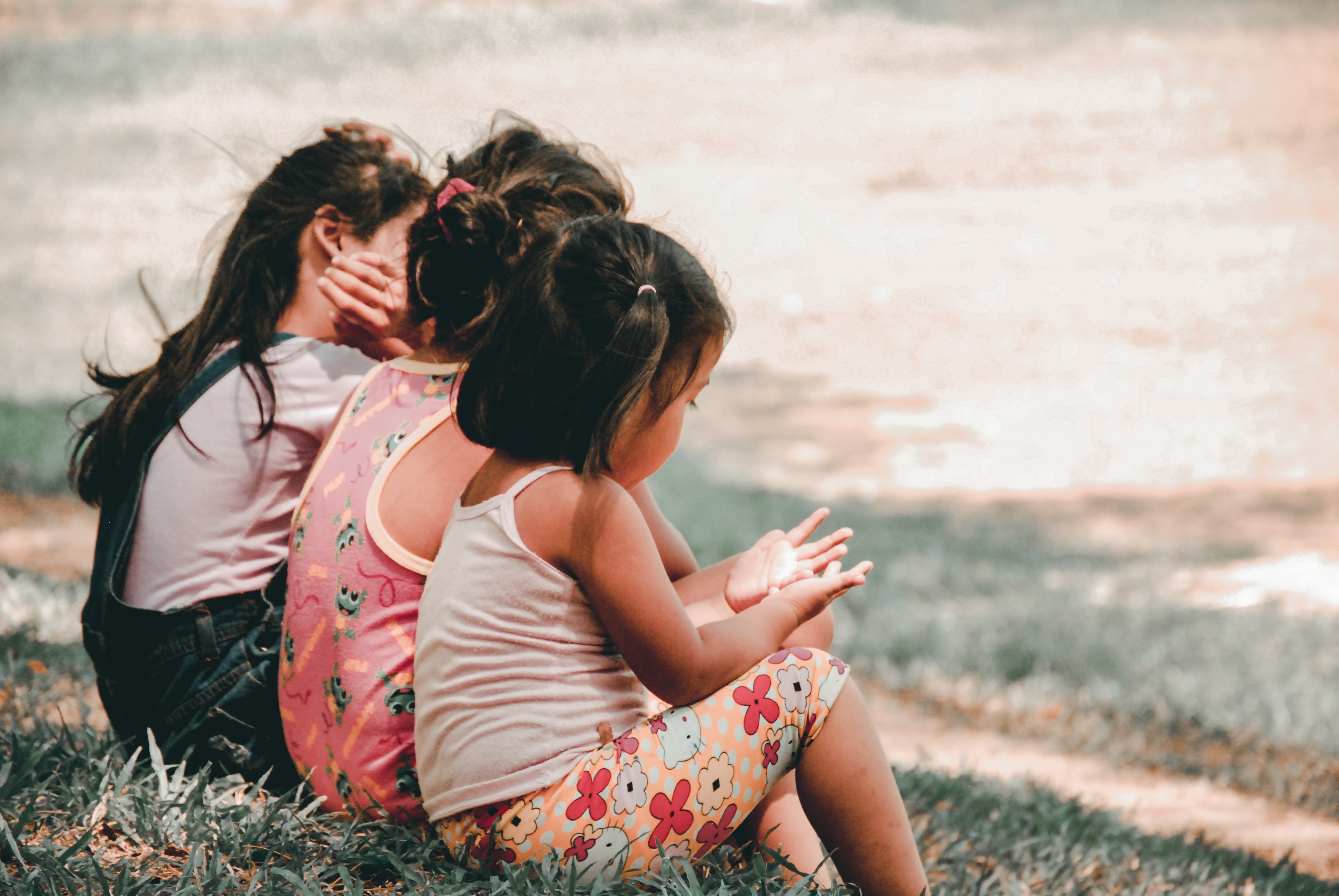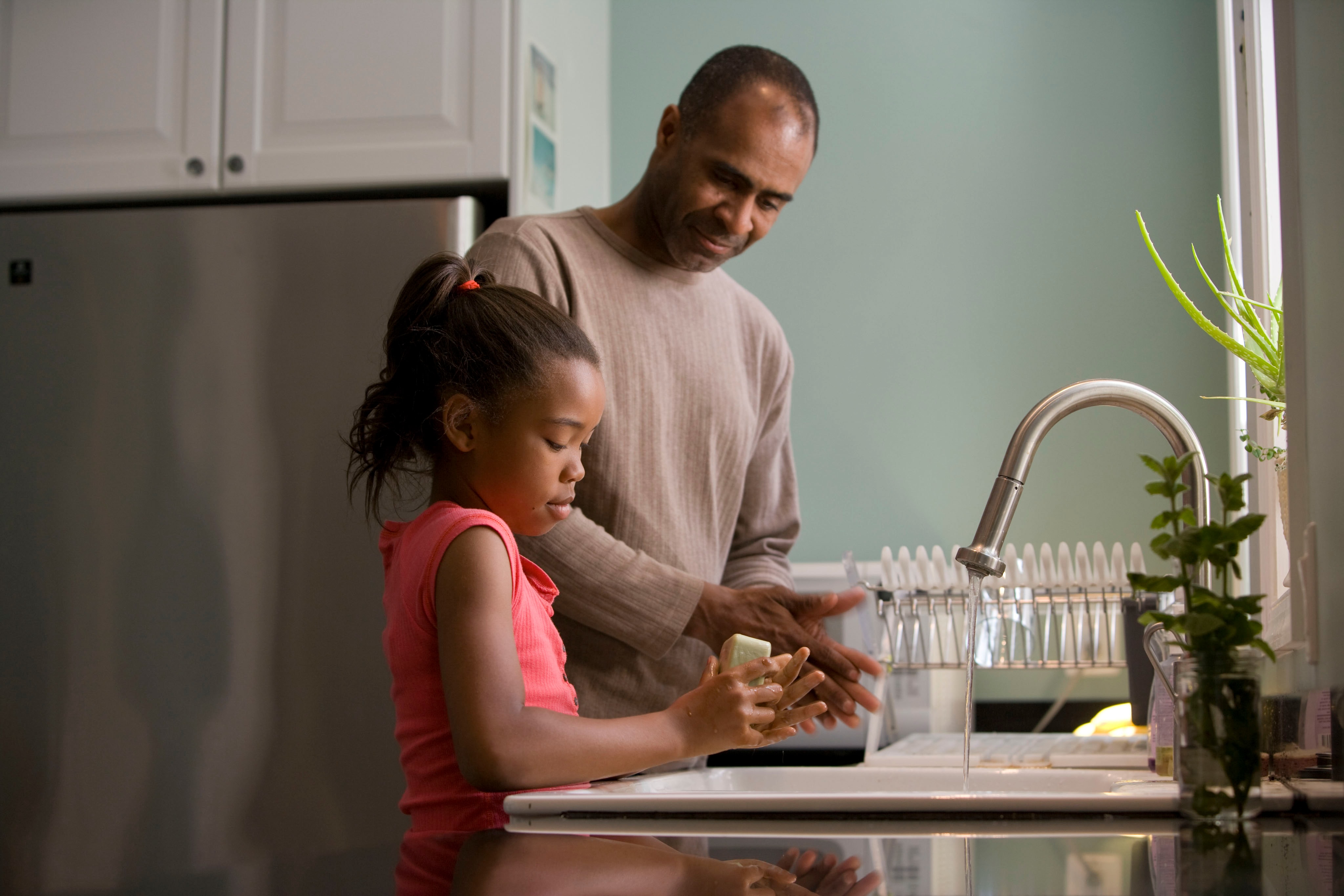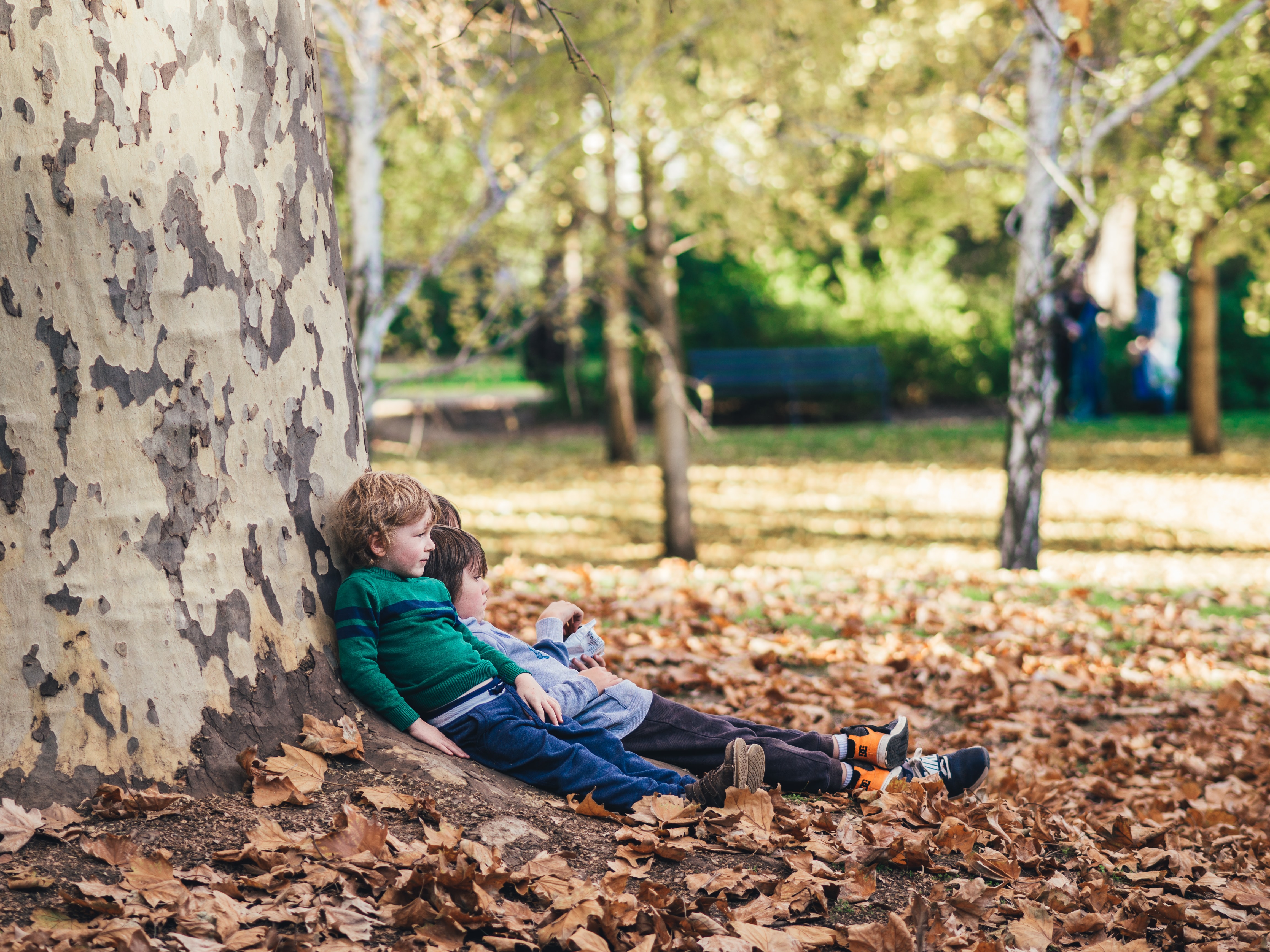
Common Child Reactions following Mass Violence
- Increased fears of being separated from their parent/caregiver
- Increased clinginess
- Changes in school performance or attendance
- Increased crying or tantrums
- Developmental regressions (bathroom accidents, thumb-sucking, refusal to sleep in own room)
- Somatic/physical complaints, such as headaches or stomachaches
- Development of new fears
- Recreating the trauma through play
- Asking a lot of questions about death
- Among teens, increased anger, isolation, depression, or substance use

1. Improve Communication
- Check-in frequently and provide a safe place to discuss the event and how they are feeling.
- Let them lead. Ask open-ended questions, such as “tell me what has been on your mind recently.”
- Discuss how some of their reactions following the mass violence event are common reactions. Talk to them about the benefits of talking about what happened.
- Listen for inaccurate ideas that the child has about what happened and clarify/correct these ideas.
- Be honest about how you are feeling and what happened. Be mindful of the child’s age and maturity when choosing what details to share.
- If a loved one has died, share memories of the deceased. Do not pretend like they never existed. Follow your child’s lead on talking about the loved one and sharing memories about them.

2. Reinforce Safety and Their Ability to Cope with How They are Feeling
- Inspire hope and let them know that you are there to help them along the way.
- Resume normal activities.
- Re-establish routines set in place before the mass violence event. In addition, try to stay active with the child and create new routines as needed. Children benefit from structure and routines (old and new) can help them gain a sense of normalcy.
- Allow for extra time with the child to provide the opportunity to discuss how they are feeling and what is going on in their life.
- Participate and encourage staying active. Remember that small activities (e.g., reading a book) and big activities (e.g., going to a concert or sporting event) are both helpful in recovery.

3. Help Children to Relax
- Model healthy coping. If you and your child are survivors of a mass violence event, talking about your path to recovery may be helpful. Your behaviors send a strong message that can help normalize reactions and motivate a child to fully engage in their own recovery. Don’t forget, modeling health coping may mean showing them how to ask for help.
- The relaxation and mindfulness tools in the Health and Wellness Section can be helpful for children as well, found here: Relaxation and Mindfulness. However, many will need guidance and support while learning these strategies—see illustrative videos below for help demonstrating. Make sure to set aside time to practice these skills with the child to help them learn which activity they like best.
Feeling overwhelmed?
If these suggestions seem overwhelming, that is OK and normal. Remember that you do not have to do all these at once. These tips are ideas for you to use when helping a child—pick one and try it out. Start small and make sure to have your social supports help you when possible.
When to Seek Professional Help.
Following a traumatic event, it is normal for children to experience a range of negative emotions and engage in some unhelpful behaviors. However, if these difficulties persist for months following the mass violence event, and the suggestions above are not helpful, it may be time to seek professional guidance. Please see the Get Help/Resources section for information about how to connect with a therapist in your area.
Suggested Reading
List of readings that other survivors have found helpful and comforting.

Common Reactions following Mass Violence
- Increased irritability, depressed mood, or stress
- Not sleeping, sleeping too much, or having recurring nightmares
- Major changes in eating or appetite
- Being more distant than usual
- Avoiding talking about mass violence event
- Avoiding situations that remind them of the mass violence event
- Changes in work performance
- Relationship difficulties
- Doing reckless or dangerous things
- Consuming more media coverage than usual
- Using drugs or alcohol more often than usual
- Talking about harming themselves or others
How to Help. For many survivors, time and social support can lead to a steady recovery. When helping others, let them know that you are there to listen, but do not force them to talk about the mass violence event. Follow their lead and let them tell you how they feel and what they need at this time. When helping the survivor in your life, you may find it difficult to hear about what happened and the difficulties that they are having. Do your best to stay calm and provide the support that they need. To get started on the process of helping someone you love, see the videos below outlining the “do’s” and “don’ts” of helping others.
The Do's of Providing Support
The Don'ts of Providing Support
When to Seek Professional Help. For some, help from a professional is needed. This does not mean that you failed as a support. If the difficulties the survivor you are helping persist for months following the mass violence event, or are severe (e.g., they are having thoughts of death or harming themselves), it may be time to seek professional guidance. Please see the Get Help/Resources section for information about how to connect with a therapist in your area.